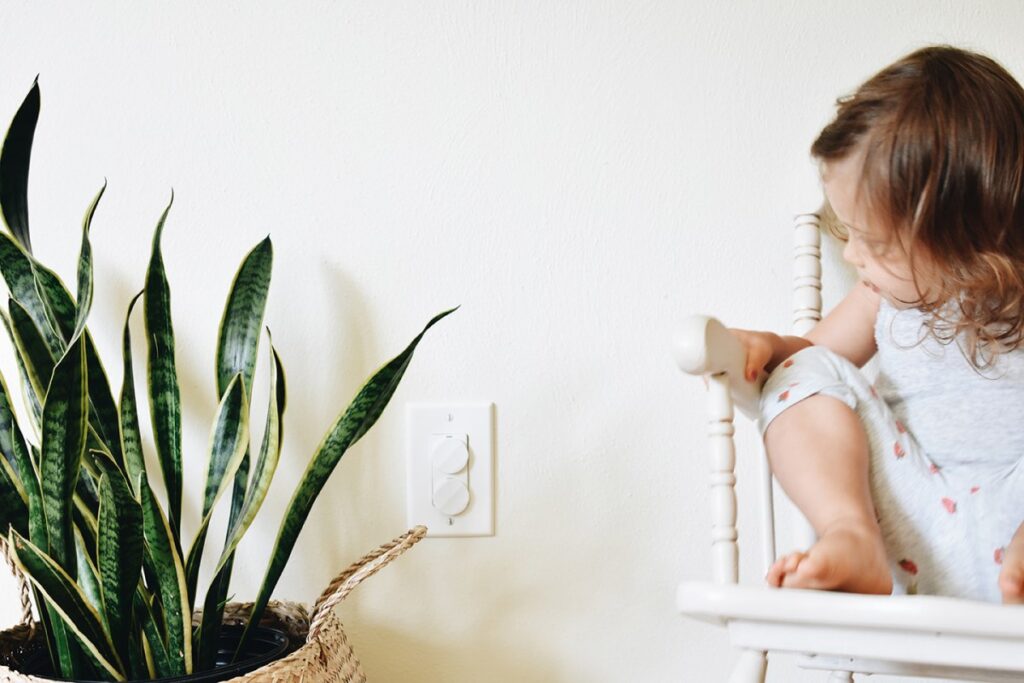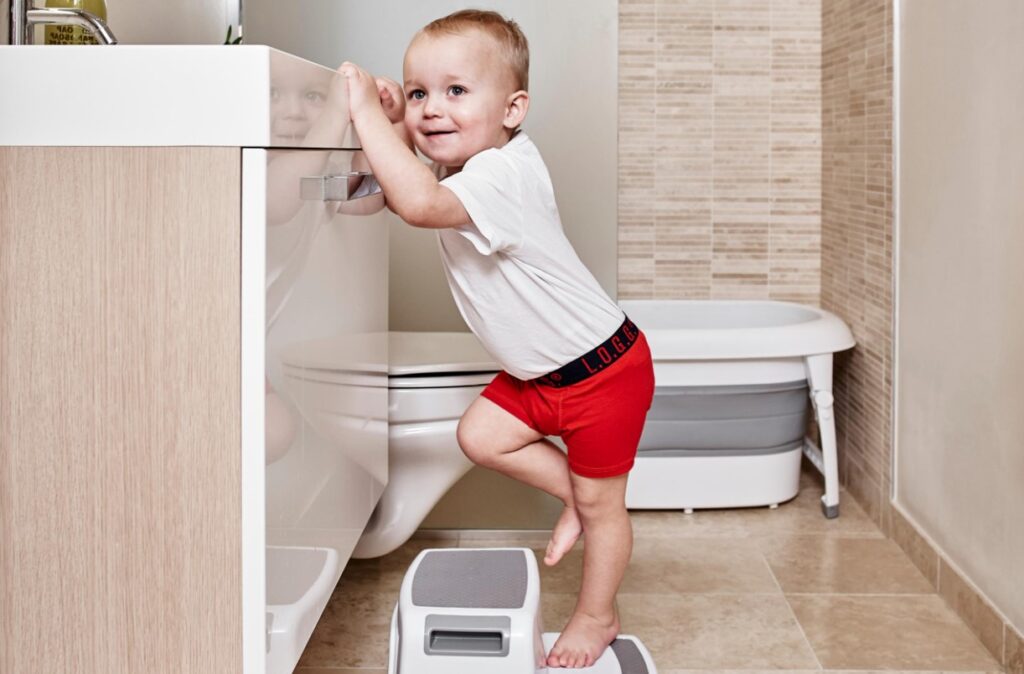Childproofing your home’s electrical system is an important step to ensure the safety of young children. Children are curious by nature and will explore their surroundings, which can sometimes lead to dangerous situations.
By taking preventative measures, parents and guardians can reduce the risk of electrical hazards in the home. This article will discuss six ways to childproof your home’s electrical system to keep children safe from shocks, burns, and electrocution. Focusing on electrical safety helps provide kids with a secure environment to grow up in.
Maintain Proper Voltage
Providing proper and stable voltage keeps your electrical system running safely and efficiently. Standard voltage in the U.S. is 120 volts. Overloading circuits with too many appliances can cause voltage to spike and pose fire and shock hazards.
Upgrade wiring if needed and have an electrician install extra circuits to handle the household load. Use a voltmeter to periodically check for proper and stable voltage. Consistent surges above 125 volts indicate a problem with voltage stability needing professional attention. Installing surge protectors can help regulate voltage and improve stability throughout the home.
Consult an electrician if lights dim, flicker or blow frequently as this may indicate wiring problems. Heavy-load appliances like air conditioners can strain electrical systems during peak use and cause brownouts. Upgrade to thicker wire gauges or additional circuits for adequate power flow.
Signs of improper voltage include overheating cords, unusual buzzing from outlets and device damage. Routine voltmeter readings and inspections ensure electrical safety and stability. Companies like Southern State LLC, for instance, underscore the significance of voltage stability, ensuring that safety isn’t just an addendum but is integrated into the core of their operations.
Use Outlet Covers

Source: babylist.com
Outlet covers are a simple and effective way to prevent children from sticking objects into outlets. Plastic covers fit snugly into the outlet to block access. For unused outlets, insert plastic plugs to prevent curiosity. Check that all covers are secure and cannot be easily removed by little hands.
Clean the outlets first to ensure the covers fit tightly. Replace loose or damaged covers right away.
It is important to regularly check outlet covers for any damage or loosening over time. Children will persistently try to remove the covers out of curiosity. Tighten or replace any covers that become loose to maintain their protective function.
Also check for any outlets without covers and promptly add them. Making outlet covers a part of routine childproofing inspection and maintenance ensures they continue blocking access.
Install Tamper-Resistant Outlets
Tamper-resistant outlets, also known as TR outlets, are designed with a built-in shutter system that prevents foreign objects from being inserted. To use the outlet, both the top and bottom plugs must be inserted at the same time to push back the shutter.
This makes it difficult for children to gain access. Replace standard outlets, especially in areas kids frequent like bedrooms and playrooms, with tamper-resistant options for enhanced protection.
When installing tamper-resistant outlets, make sure they are placed correctly with the ground hole on top. Avoid plugging an appliance halfway into a tamper-resistant outlet to override the shutter system. This defeats the safety mechanism.
Take time to insert plugs fully and remove them correctly. TR outlets provide an additional barrier, but adult supervision is still required around electrical outlets.
Use Cord Shorteners and Anchors

Source: raisingsmallsouls.com
Dangling electrical cords are tempting for kids to grab and chew on. Shorten loose cords by wrapping them or using twist ties to pull tight. Use cord anchors or ties to bundle cords against walls or furniture. This keeps them neatly out of reach.
Do regular safety checks to keep cords bound and secure. Avoid running cords under rugs where damage can go unseen.
Cord organizers such as holders, clips and ties keep cords tidy and contained. Attach them to surfaces like walls and desks to steer cords out of kids’ reach. Neatly running cords along baseboards puts them out of sight.
Wrap excess cord length to prevent dangling loops. Proper cord management reduces trip hazards and removes the temptation for children to play with cords.
Safely Mount TVs and Furniture
Flat screen TVs and heavy furniture like dressers can tip over if climbed on by kids. Anchoring these items to the wall or floor prevents accidents. Use brackets, braces or wall straps to securely mount TVs above fireplaces or furniture.
For dressers and bookshelves, install tip-over restraints. This involves attaching an L-bracket to the back top of furniture and securing it to the wall stud. Safety is key when mounting heavy objects.
Be very careful when moving TV stands, dressers, and bookshelves after installation. The restraining devices can tear out of the wall if adequate care is not taken. Children should not be allowed to climb or hang on anchored furniture.
Supervise kids closely and do not allow them to play around tip-prone items. Mounting provides crucial protection, but vigilant adult supervision is still required.
Practice Caution in Kitchens and Bathrooms

Source: babydan.com
Kitchens and bathrooms bring extra risk with their proximity to water and electrical appliances. Use appliances away from the sink and never reach for anything plugged in with wet hands. Install ground fault circuit interrupters (GFCIs) in these rooms to break the circuit if electricity contacts water.
Test GFCIs monthly by pressing the “Test” button which triggers the “Reset” button to pop out, then press “Reset” to resume function.
Keep electrical appliances away from water inside and outdoors. Never touch electrical devices when wet or standing in water. If an appliance falls into water, unplug it before retrieving it. All outdoor outlets should have GFCI protection.
Immediately unplug any appliance that gives off smoke or sparks. Teach children to never mix water and electricity. Vigilant adult supervision is critical in kitchens and bathrooms.
Childproofing the electrical system requires vigilance, maintenance and updating your home to meet safety standards. Supervise young kids closely until they mature and no longer put items where they don’t belong.
Establish open communication with older children about electrical dangers and set clear rules. By following these tips, parents and guardians can protect curious little ones from potential hazards lurking in the home’s electrical system. Peace of mind comes from taking proactive measures to play it safe.

















